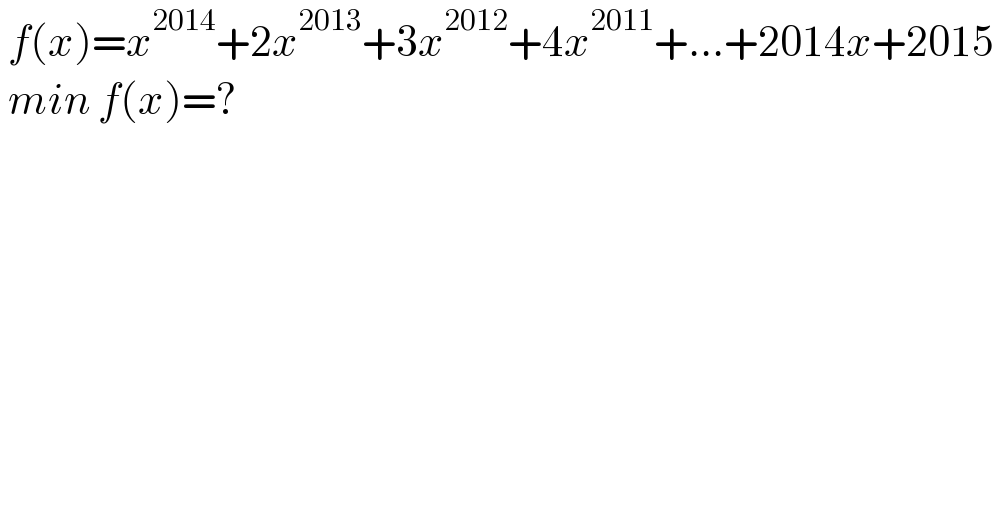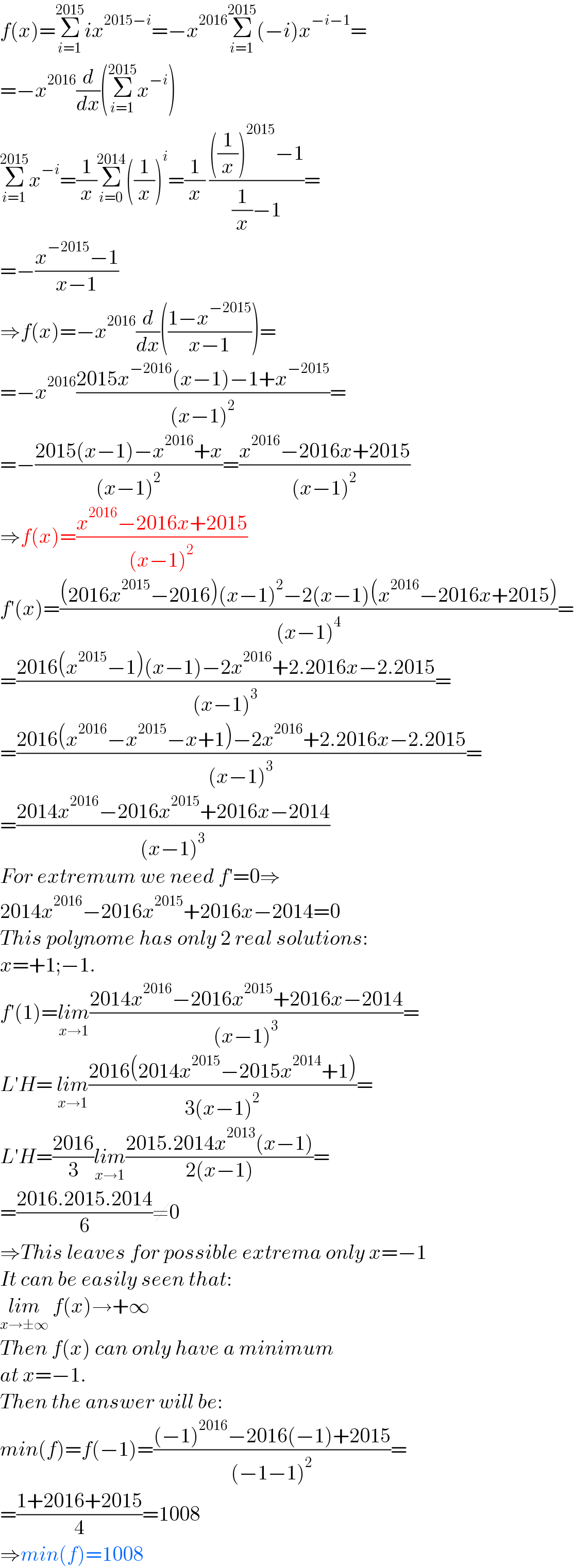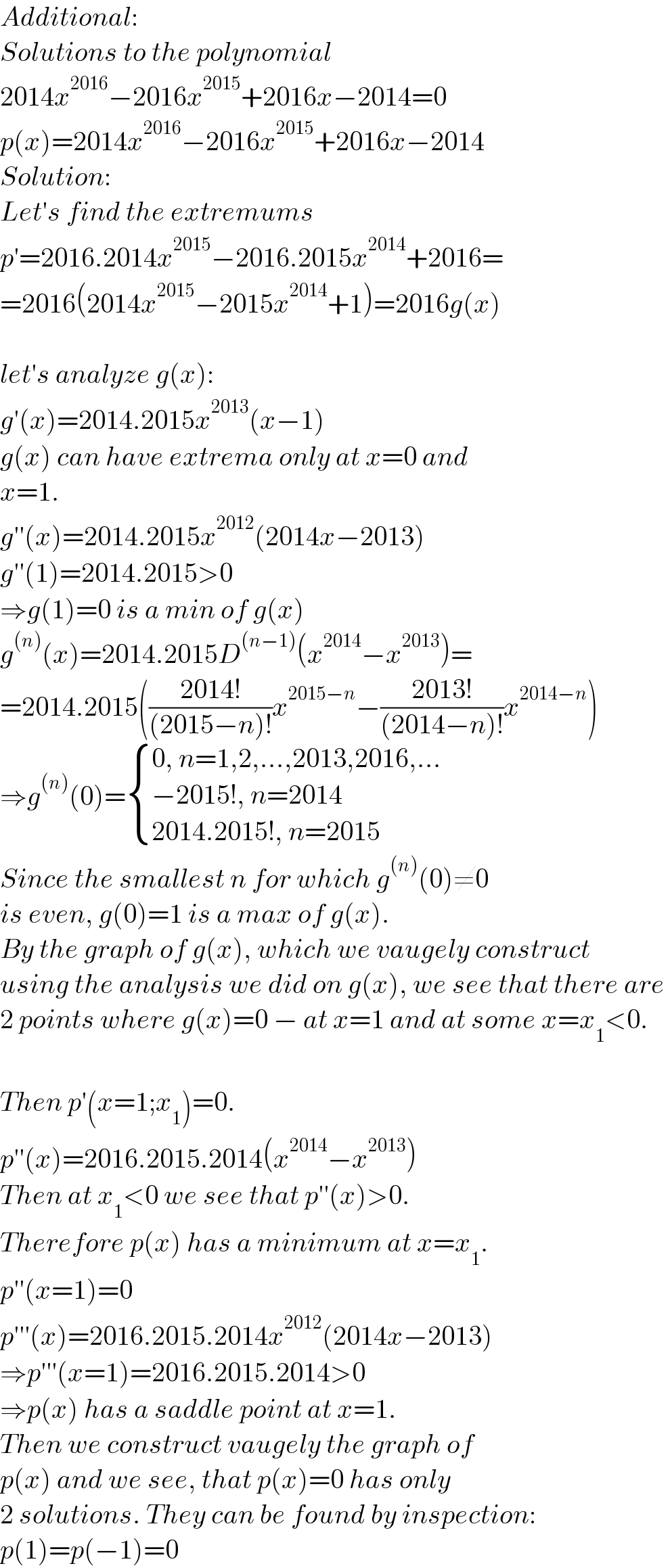
Question and Answers Forum
Question Number 157952 by cortano last updated on 30/Oct/21

Answered by aleks041103 last updated on 31/Oct/21

Commented by aleks041103 last updated on 31/Oct/21

Commented by aleks041103 last updated on 31/Oct/21

| ||
Question and Answers Forum | ||
Question Number 157952 by cortano last updated on 30/Oct/21 | ||
 | ||
Answered by aleks041103 last updated on 31/Oct/21 | ||
 | ||
| ||
Commented by aleks041103 last updated on 31/Oct/21 | ||
 | ||
Commented by aleks041103 last updated on 31/Oct/21 | ||
 | ||